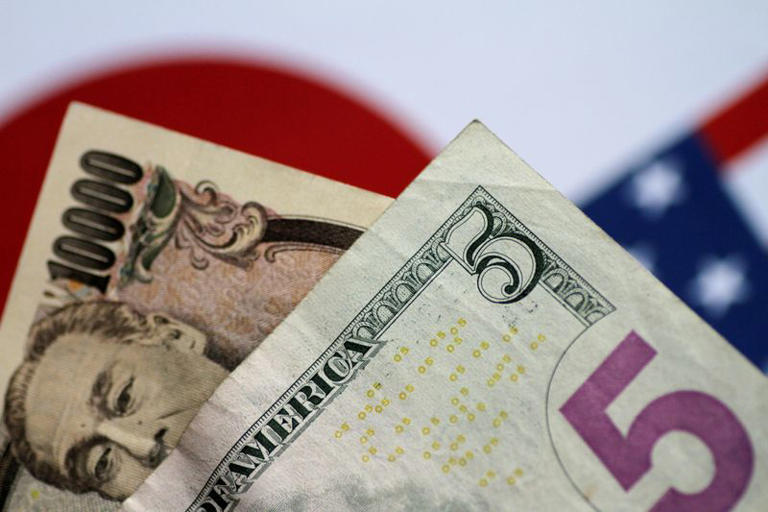The Australian dollar saw a significant rally on Wednesday following an unexpected surge in inflation data for May, reaching its highest level in six months. This abrupt increase prompted traders to swiftly adjust their forecasts, with short-term interest rate markets now pricing in a slightly over 50% chance of a rate hike by September. As a result, the Australian dollar rose by 0.5% to $0.6678 in response to these developments.
Similarly, Canadian inflation data surprised investors, causing the Canadian dollar to briefly spike to a three-week high. This reaction came as market expectations for further rate cuts were scaled back amid the inflationary surprise.
Across other major currencies, the euro remained steady at $1.0710 during Asian trading hours. Meanwhile, the Japanese yen held firm at 159.78 per dollar, approaching levels that have historically triggered market speculation of potential intervention by Japanese authorities to weaken the yen.
In New Zealand, the dollar hovered around $0.6116, showing minimal movement. Likewise, the British pound maintained its position at $1.2688, reflecting subdued trading activity ahead of anticipated economic data releases from the United States.
Market analysts are closely monitoring Friday’s U.S. economic data, particularly the core personal consumption expenditure (PCE) index for May. Expectations are that the data will show a slowdown in annual growth to 2.6%, marking the lowest level in over three years. This potential deceleration in inflation could potentially pave the way for future rate cuts by the Federal Reserve. However, Federal Reserve policymakers have emphasized a cautious approach, indicating that decisions will hinge on incoming economic data.
Meanwhile, the Chinese yuan faced pressure from the persistent strength of the U.S. dollar. Market observers noted that China appeared to signal some tolerance for a weaker yuan by gradually adjusting the midpoint of the yuan’s daily trading range against the dollar. On Wednesday, the yuan slipped to a seven-month low of 7.2664 per dollar, reflecting ongoing market dynamics and global economic uncertainties.
Looking ahead, analysts at Bank of America Securities have projected that the yuan could reach 7.45 against the dollar by the end of the year. They attribute this forecast to expectations of a potential easing cycle by the Federal Reserve and evolving geopolitical relations between the United States and China following the upcoming U.S. elections.
These currency movements underscore the complex interplay of economic data releases, central bank policies, and global market sentiment. As investors await further economic indicators, including the critical U.S. inflation data, market volatility and strategic positioning are likely to remain key themes in the near term.
